In the dynamic world of modern architecture, the craft of creating spaces that promote smooth movement extends far beyond just looks. It involves a delicate balance between practicality and effectiveness. Often overlooked, elevators, escalators, and doors play a crucial role in shaping the movement dynamics within modern buildings. So, let’s dive into an exploration of how careful design can turn these elements into effortless facilitators of movement.
Elevators as Vertical Voyagers
Elevators, once mere functional necessities, have evolved into vertical voyagers that shape the way people navigate multi-story buildings. Picture a scenario where smart elevators not only optimize vertical movement but also transform the mundane act of waiting into an experience. Smart destination dispatch systems anticipate passenger needs, reducing wait times and ensuring an efficient and stress-free journey.
The future of elevator design involves not just moving between floors but doing so while adapting to residents’ changing needs and differences in traffic throughout the day.
Escalators: The Poetry of Horizontal Movement
Escalators, those inclined marvels of horizontal flow, have become more than just a mode of transport; they’re an art form in motion. In modern building design, escalators, often called autowalks, aren’t confined to mere functionality; they’re opportunities for architectural expression. Transparent steps and sleek handrails create a visual spectacle, inviting occupants to embark on a fluid journey through space.
Beyond aesthetics, innovative safety features redefine the escalator experience. Smart sensors anticipate passenger behavior, adjusting speed and direction dynamically. Escalators become not just a means of moving from point A to B but an integral part of the architectural narrative, blending safety, aesthetics, and efficiency. We can see escalators’ huge role in bigger and busier buildings such as airports, metro stations, and hospitals.
Doors: Portals of Welcome and Efficiency
Automatic doors, often overlooked as mere barriers, are the gatekeepers of flow, greeting occupants and guiding them seamlessly from one space to another. Modern door design transcends mere functionality; it’s a delicate balance between security, accessibility, and aesthetic appeal. Smart doors are now equipped with touchless technologies that respond to a wave or a gentle push, enhancing both hygiene and ease of access.
In the pursuit of an inclusive environment, doors are designed for universal accessibility. Automatic sliding doors, for instance, facilitate smooth passage for individuals with mobility challenges, embodying the principle that good design considers the diverse needs of all occupants. The evolution of doors is not just about opening and closing; it’s about creating an inviting and accessible transition between spaces.
Integration and Connectivity: The Symphony of Elements
The true magic of designing for flow lies in the seamless integration of elevators, escalators, and doors into a symphony of interconnected elements. Think of new building solutions where these components communicate effortlessly, anticipating the needs of occupants in real time. Elevators align with arriving trains, escalators adjust speed based on foot traffic, and doors coordinate with occupancy levels, ensuring a choreographed dance of movement.
Connectivity extends beyond mere functionality; it becomes an integral part of the occupant experience. In a smart building, occupants can receive personalized notifications about elevator wait times, find the most efficient routes via escalators, and seamlessly move through spaces with doors that respond intuitively to their presence. The interconnectedness of these elements ensures that the human flow within a building is not just efficient but delightful.
Sustainability: A Green Choreography
As sustainability becomes a central topic in architectural discussions, the concept of designing for flow incorporates eco-friendly features into the seamless movement within buildings. Imagine elevators that are energy efficient and generate power when they go down, escalators equipped with regenerative braking systems and doors that have energy-saving technologies. The combination of these green elements not only enhances the building’s environmental credentials and decreases its carbon footprint but also contributes to the well-being of its occupants.
The materials used in these components reflect a strong commitment to building sustainability by incorporating recycled and eco-friendly elements. The future of design revolves around elevators, escalators, and doors that not only facilitate movement but also do so in harmony with our planet.
The Human Touch: Nurturing Well-being
In the quest for efficiency, it’s essential not to lose sight of the human touch. Designing for flow extends beyond the physical movement of occupants; it encompasses their psychological well-being. Imagine buildings where the aesthetics of elevators, the poetry of escalators, and the welcoming nature of doors contribute to a sense of calm and comfort.
Elements such as natural lighting, artistic embellishments, and soothing color palettes in these components foster an environment where occupants feel not just efficiently moved but genuinely embraced by the building. Well-designed spaces, even in the realm of vertical and horizontal movement, contribute to the overall satisfaction and happiness of those within.
Future Horizons: Innovations and Beyond
As we gaze towards the future, the horizon of innovations in designing for flow appears limitless. Elevators that move laterally, escalators with augmented reality interfaces, and doors that intuitively respond to occupant preferences are on the horizon. The fusion of technology, sustainability, and human-centric design heralds an era where the flow within buildings is not just a necessity but a source of joy and inspiration.
In conclusion, the art of designing for flow in modern buildings transforms elevators, escalators, and doors into more than functional elements. They become integral parts of a choreographed dance, harmonizing efficiency, aesthetics, sustainability, and the well-being of occupants. The future of architectural design lies not just in the physical movement of people but in creating spaces that embrace and enhance the human experience.

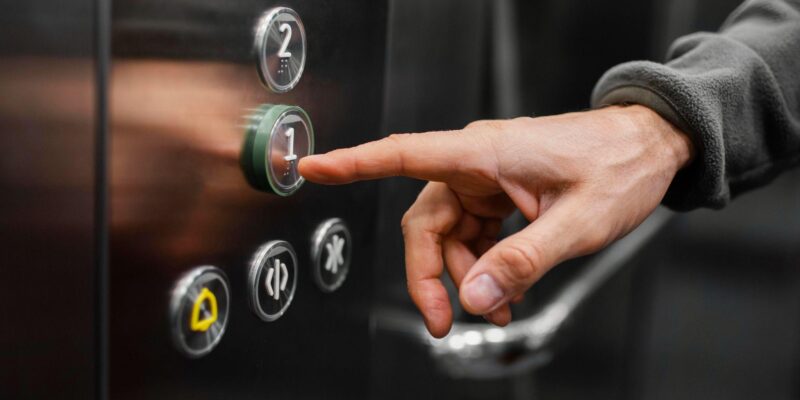



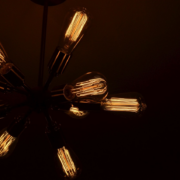
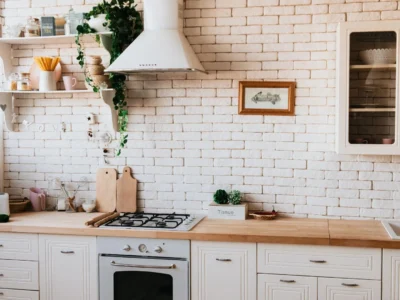
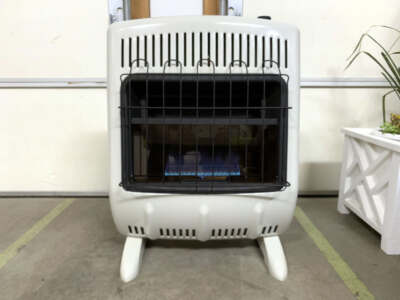
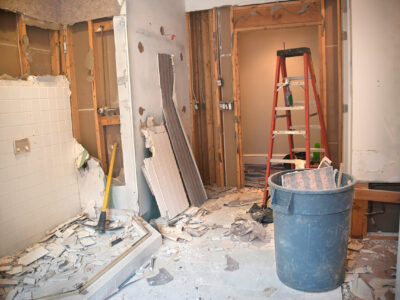

Comments